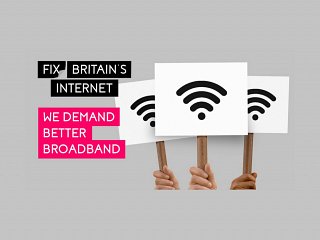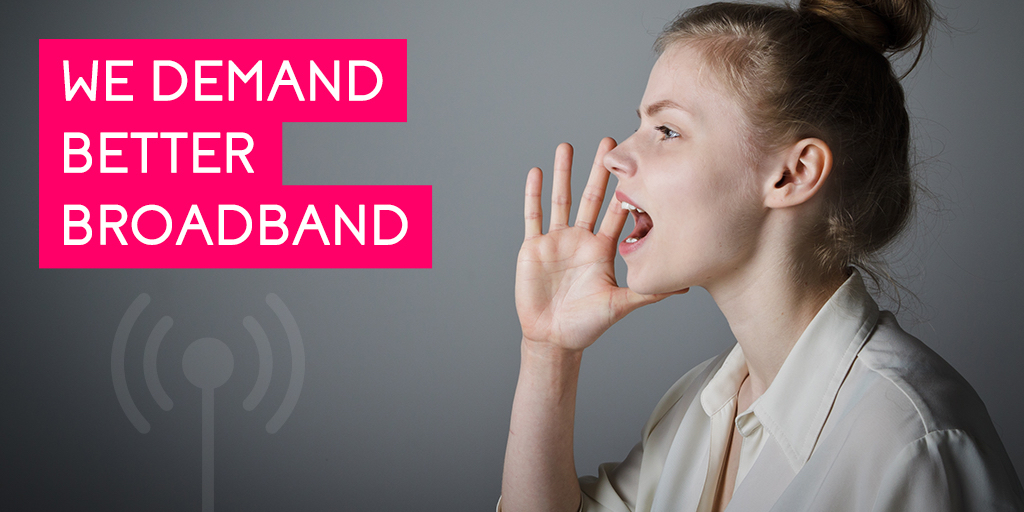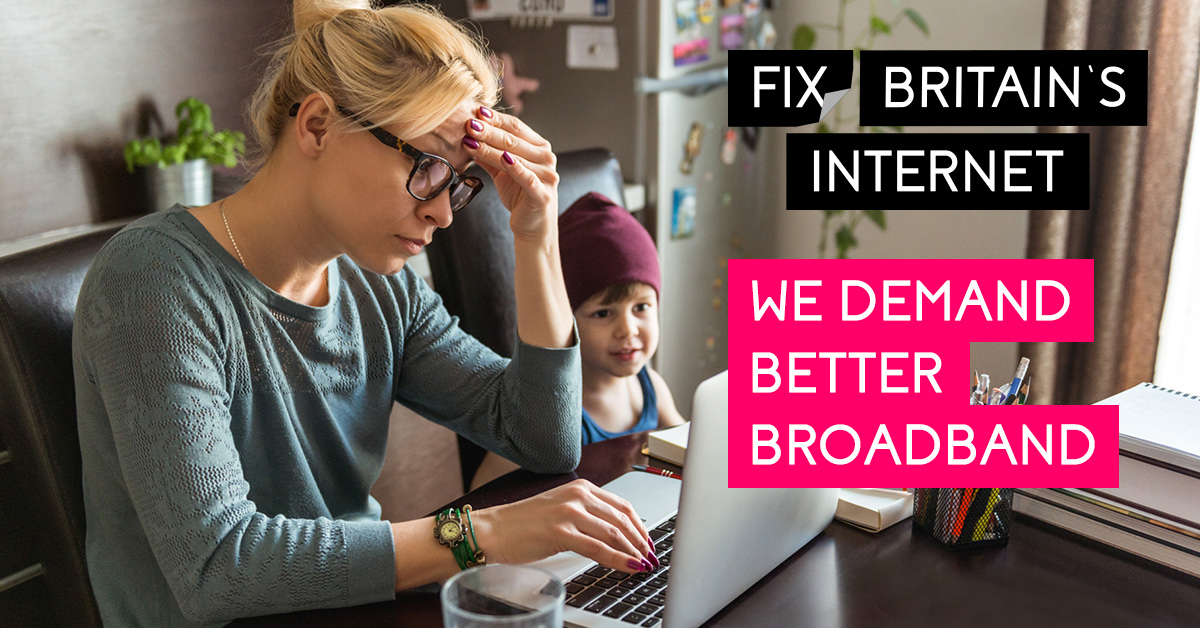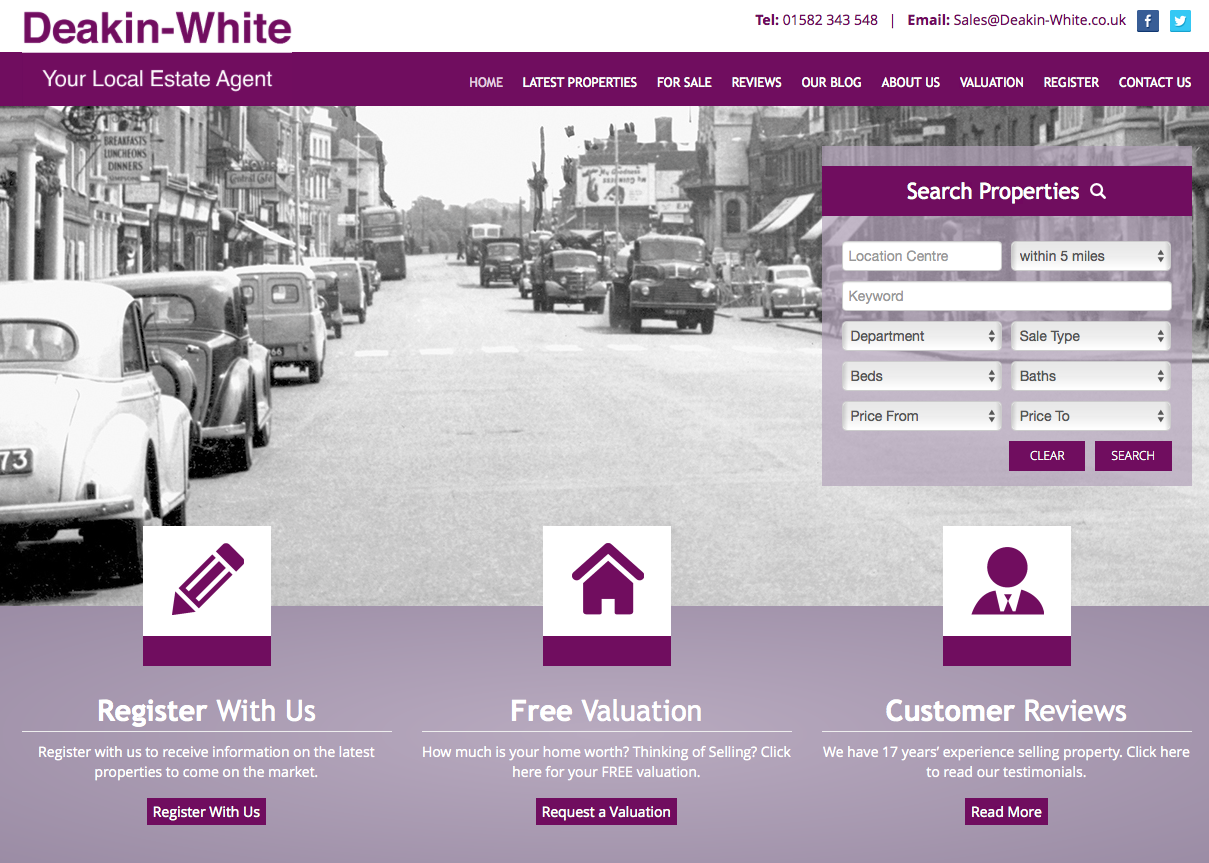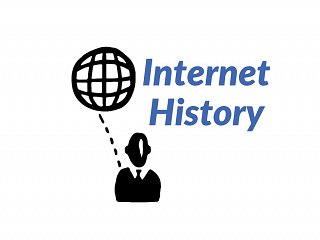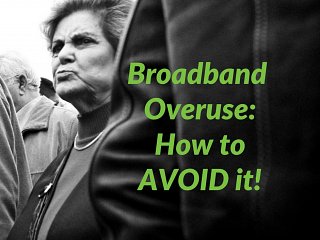
Know your limits!
This was a gag from a Harry Enfield television comedy series many years ago.
Remember it…?
The once-popular phrase has never been more apt for data in the modern age!
As all of us are becoming more and more dependent on the internet for our downtime as well as our business lives. We’re connected for the vast majority of each day, which naturally causes a related massive up-tick in data consumption.
Whether we’re storing files, playing games or watching on-demand television, our need for data is forever increasing, and traditional data-limited broadband packages are creaking under the strain.
Just think about the logistics;
So many of the things we love to do online – and which the internet makes so easy – use huge amounts of data.
We’re not just talking about downloading music or films here, or even opening and installing apps, downloading email attachments or torrenting files.
No.
Even things such as streaming services like Netflix, YouTube and Spotify can use up a surprising amount of data, as can gaming or streaming game play for sites like Twitch.
And then there’s business use….
Having backups of your files going to cloud storage is certainly good practice – but it will also use a lot of your upload data. If you back up all of the files on your hard drive or server daily, you could be uploading 100s of GB’s to the cloud each day.
Consequently, many users are finding that their broadband package isn’t really sufficient for their everyday needs.
Not surprising when 10GB used to sound a lot;
But a video download of a game such as Grand Theft Auto could require nearly 50GB alone!
So what can you – or should you – be doing about this?
1) Know what your package limits are.
2) Look at your monthly usage over a few months, so you can see if you’re keeping within your limit or not.
3) Consider an unlimited package.
The beauty of an unlimited package is that you won’t need to worry about ever getting charged for additional usage no matter what you do (or use). And let’s face it, most of us are consistently heavy users these days.
Changing to an unlimited package is easy and quick to do;
It may not even cost much more than you are already paying for your current broadband or fibre package!
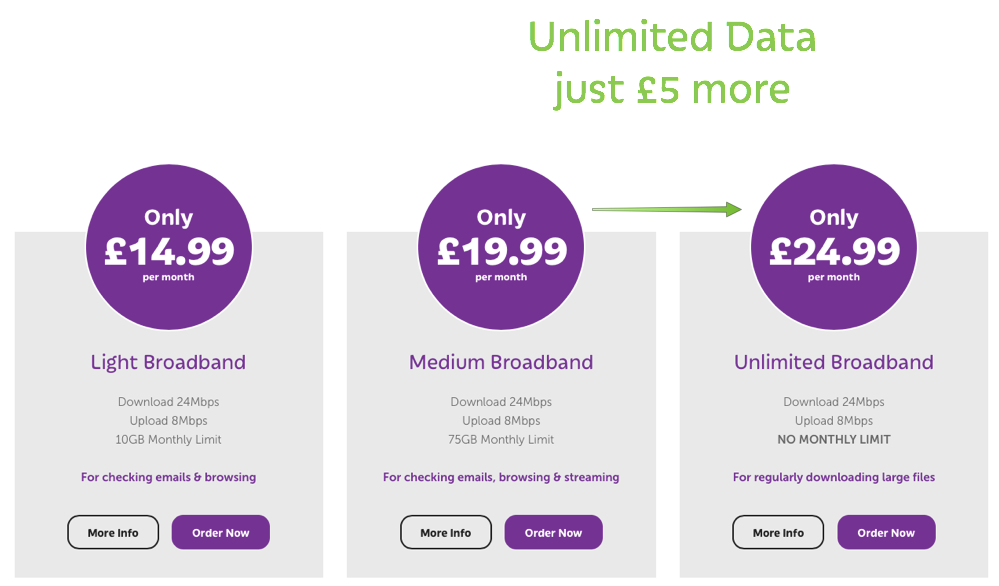
We’re always happy to help you talk through the options that would work best for your home or business – just get in touch with us and see how we can help!
